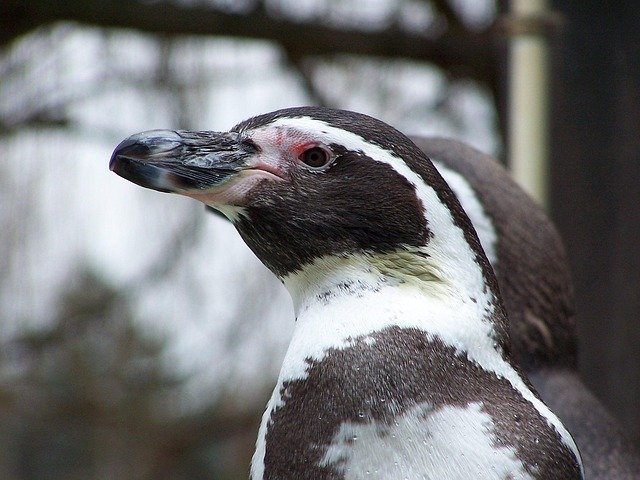**Topic: "Adapting to Climate Change: How Penguins Are Coping with a Warming

Adapting to Climate Change: How Penguins Are Coping with a Warming World
As the effects of climate change become increasingly evident, many species are facing unprecedented challenges. Among these are the iconic penguins, whose survival is intricately linked to the health of their icy habitats. This post delves into how various penguin species are adapting to a warming world and the implications for their future.
Understanding the Impact of Climate Change on Penguins
1. Melting Ice and Habitat Loss
Penguins, especially those residing in Antarctica and sub-Antarctic regions, rely heavily on sea ice for breeding, feeding, and shelter. As global temperatures rise, the extent and duration of sea ice are diminishing, leading to:
- Reduced Breeding Grounds: Many penguins, such as the Emperor Penguin, depend on stable sea ice to raise their chicks. A decline in ice can lead to increased chick mortality.
- Changes in Prey Availability: Warming waters affect the distribution of krill and fish, which are essential food sources for penguins. This can lead to food scarcity, impacting their ability to thrive.
2. Behavioral Adaptations
Despite these challenges, penguins are exhibiting remarkable resilience and adaptability:
- Altered Breeding Timing: Some penguin species are adjusting their breeding schedules to align with changes in food availability. For example, they may start breeding earlier or later in the season to ensure that food is abundant when chicks are hatching.
- Shifting Feeding Habits: Penguins are also diversifying their diets. For instance, species like the Gentoo Penguin have been observed consuming a wider variety of fish and squid as their traditional prey becomes less available.
3. Migration and Range Expansion
Certain penguin species are expanding their ranges in response to climate change:
- New Habitats: Some populations of Adelie Penguins are moving to areas that were previously inhospitable due to ice cover. This migration can lead to increased competition for resources but also opens up new opportunities for survival.
- Increased Interactions: As penguins move into new territories, they may come into contact with other species, leading to changes in community dynamics and potential challenges such as disease transmission.
Conservation Efforts and Future Outlook
To support penguins in their fight against climate change, conservation efforts are crucial:
- Protected Areas: Establishing marine protected areas can help safeguard critical habitats and ensure that penguins have access to the resources they need.
- Climate Action: Addressing the root causes of climate change through global initiatives is essential. Reducing greenhouse gas emissions and promoting sustainable practices can help mitigate the impacts on penguin populations.
Conclusion
While penguins are showing remarkable adaptability in the face of climate change, their future remains uncertain. The ongoing loss of sea ice and shifting ecosystems pose significant threats to their survival. By understanding these challenges and supporting conservation efforts, we can help ensure that these beloved birds continue to thrive in a warming world.
Stay informed about the latest research and conservation efforts to protect penguins and their habitats. Together, we can make a difference for these incredible creatures!
